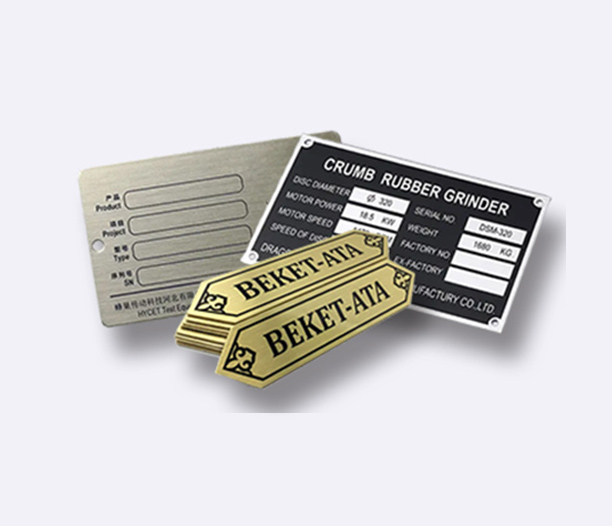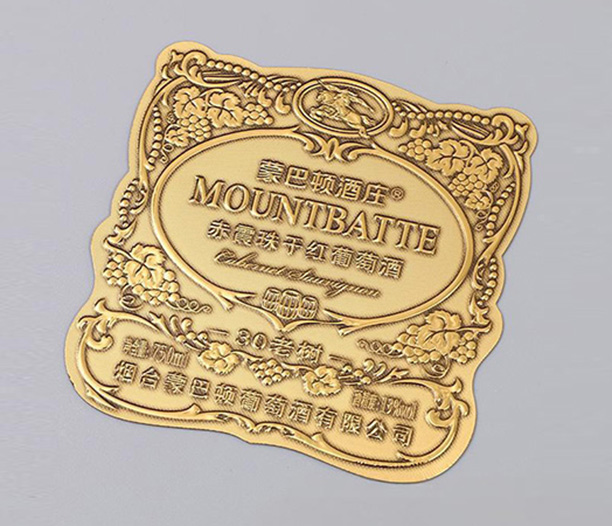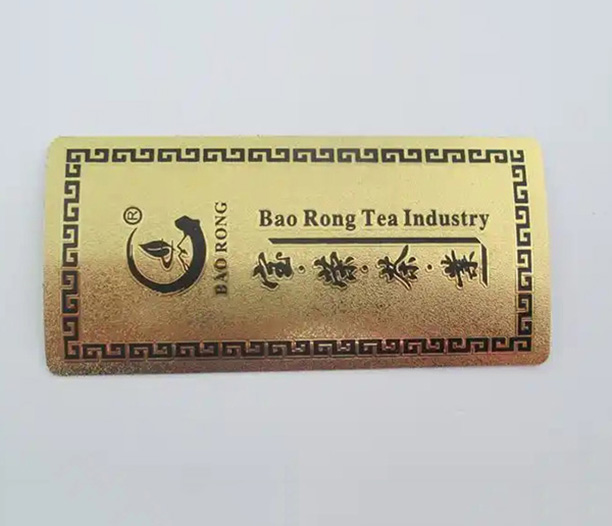If you’re looking to add a professional, durable, and polished touch to your products, equipment, or branding materials, 304 stainless steel nameplates are a smart choice. Known for their corrosion resistance, sleek appearance, and longevity, these nameplates are widely used in industries like manufacturing, aerospace, automotive, and even hospitality. But how do you customize one to perfectly fit your needs? In this guide, we’ll break down everything you need to know about designing, producing, and installing custom 304 stainless steel nameplates—all while keeping it simple and actionable.
Why Choose 304 Stainless Steel for Your Nameplates?
Before diving into customization, let’s talk about why 304 stainless steel nameplates are so popular. This alloy contains 18% chromium and 8% nickel, giving it exceptional resistance to rust, oxidation, and harsh environments. Unlike lower-grade steels, 304 stainless won’t degrade when exposed to moisture, chemicals, or extreme temperatures. This makes it ideal for both indoor and outdoor applications, from industrial machinery labels to outdoor signage.
Plus, 304 stainless steel has a naturally polished finish that looks professional and modern. Whether you’re labeling equipment, creating brand logos, or adding safety instructions, these nameplates deliver a high-end aesthetic that lasts for decades. And because they’re easy to clean and maintain, they’re a cost-effective solution in the long run.
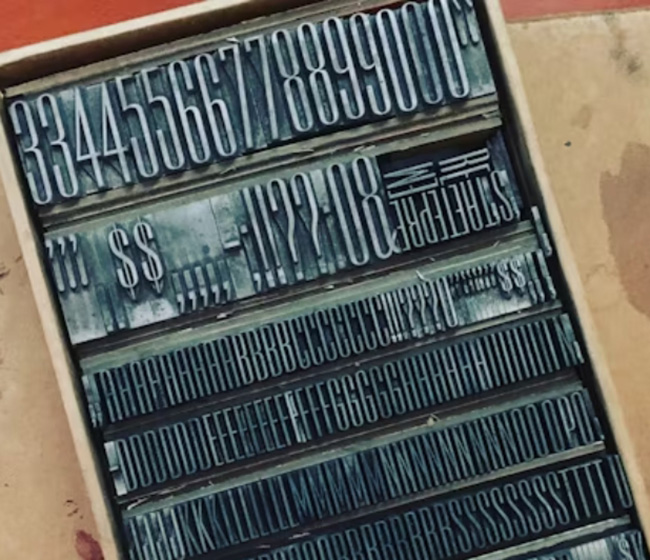
Step 1: Define Your Nameplate’s Purpose
Customization starts with understanding what your nameplate needs to achieve. Ask yourself:
- Is this for branding? (E.g., company logos, product names)
- Is it functional? (E.g., serial numbers, safety warnings, technical specs)
- Where will it be installed? (Indoor vs. outdoor, high-traffic areas, etc.)
For example, a 304 stainless steel nameplate on a medical device might need to include sterilization-resistant markings, while a nameplate for outdoor machinery should prioritize weatherproofing. Knowing the purpose helps you choose the right size, finish, and engraving method.
Step 2: Select the Right Size and Thickness
Size matters—literally. A nameplate that’s too small might be unreadable, while one that’s too large could look awkward. Measure the installation area carefully, factoring in space for text, logos, and any regulatory symbols. Most 304 stainless steel nameplates range from 1” x 2” for small labels to 12” x 18” for larger signs.
Thickness is equally important. Thinner sheets (0.02” to 0.04”) work well for lightweight applications, like equipment tags. Thicker plates (0.06” to 0.125”) are better for heavy-duty environments where impact resistance is critical. Discuss your needs with your supplier to strike the right balance between durability and cost.
Step 3: Choose a Finish That Matches Your Style
One of the biggest advantages of 304 stainless steel nameplates is their versatility in finishes. Here are the most common options:
- Polished (Mirror) Finish: Ultra-sleek and reflective, perfect for luxury branding.
- Brushed Finish: Subtle matte texture with visible grain lines—great for industrial or minimalist designs.
- Bead Blasted Finish: Non-reflective, uniform surface that hides fingerprints and scratches.
- Color Coatings: Add vibrancy with powder coating or enamel fills (e.g., red for warnings, black for contrast).
Pro Tip: If your nameplate will be outdoors, avoid glossy finishes that might show water spots. A brushed or bead-blasted finish is easier to maintain.
Step 4: Decide on Engraving and Marking Techniques
How you etch information onto your 304 stainless steel nameplate affects both aesthetics and durability. Popular methods include:
- Laser Engraving: Creates precise, permanent marks by removing material with a laser. Ideal for intricate logos and small text.
- Chemical Etching: Uses acid to carve designs into the metal. Works well for large batches and complex patterns.
- Stamping: Presses characters into the metal using dies. Adds a tactile, 3D effect but requires upfront tooling costs.
- Digital Printing: Applies high-resolution graphics or full-color designs with UV-resistant inks.
For maximum longevity, laser engraving and chemical etching are top choices because they don’t wear off over time. If you need color, ensure the inks are rated for UV and weather resistance.
Step 5: Include Essential Information (and Keep It Legible)
Clarity is key for any nameplate. Whether you’re listing safety instructions or a product model number, prioritize readability. Use bold, sans-serif fonts like Arial or Helvetica for text, and avoid overcrowding the design. Leave adequate spacing between lines and characters.
If your 304 stainless steel nameplate includes multilingual text or symbols, verify their accuracy with a professional translator or industry expert. A single typo or misused icon could lead to costly misunderstandings!
Step 6: Plan for Secure Installation
Even the best-designed nameplate is useless if it falls off. Depending on your application, choose from these installation methods:
- Adhesive Backing: Strong industrial adhesives work for flat, clean surfaces. Opt for 3M VHB tape for a permanent bond.
- Rivets or Screws: Ideal for heavy machinery or environments with vibrations. Pre-drill holes in the nameplate for easy mounting.
- Welding: Rare but used in extreme conditions (e.g., high-temperature equipment).
Always test the installation method in a controlled setting before full deployment. For outdoor use, seal the edges with silicone to prevent moisture from creeping under the plate.
Step 7: Partner with a Reputable Supplier
Not all metal fabricators are created equal. When ordering custom 304 stainless steel nameplates, look for a supplier with:
- Experience in your industry (e.g., medical, military, automotive).
- Certifications like ISO 9001 for quality management.
- Samples or a portfolio of past projects.
- Clear communication about timelines and pricing.
Ask about their design software capabilities—some suppliers offer free mockups to visualize your nameplate before production. Don’t forget to request material certifications to confirm you’re getting genuine 304 stainless steel.
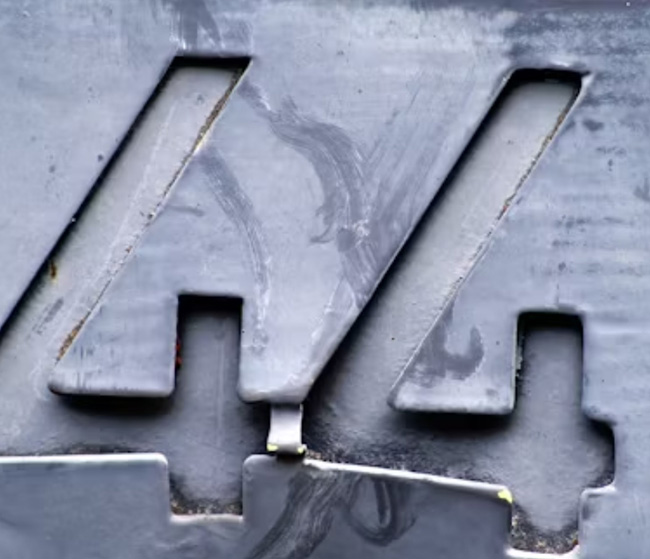
Common Mistakes to Avoid
- Ignoring Environmental Factors: A nameplate in a coastal area needs higher corrosion resistance than one in an office.
- Overcomplicating the Design: Too much text or tiny fonts reduce readability.
- Skipping Prototypes: Always test a sample to check for errors or durability issues.
- Choosing Price Over Quality: Cheap suppliers might use inferior steel or cutting methods that compromise longevity.
Final Thoughts: Make Your Mark with Confidence
Customizing 304 stainless steel nameplates doesn’t have to be overwhelming. By focusing on purpose, design, material quality, and installation, you’ll create a nameplate that’s both functional and visually appealing. Whether you’re labeling machinery, enhancing your brand, or meeting regulatory requirements, 304 stainless steel offers the reliability and professionalism your project deserves.
Ready to get started? Reach out to a trusted supplier today and turn your vision into a durable, eye-catching reality. After all, a well-designed nameplate isn’t just a label—it’s a statement.



